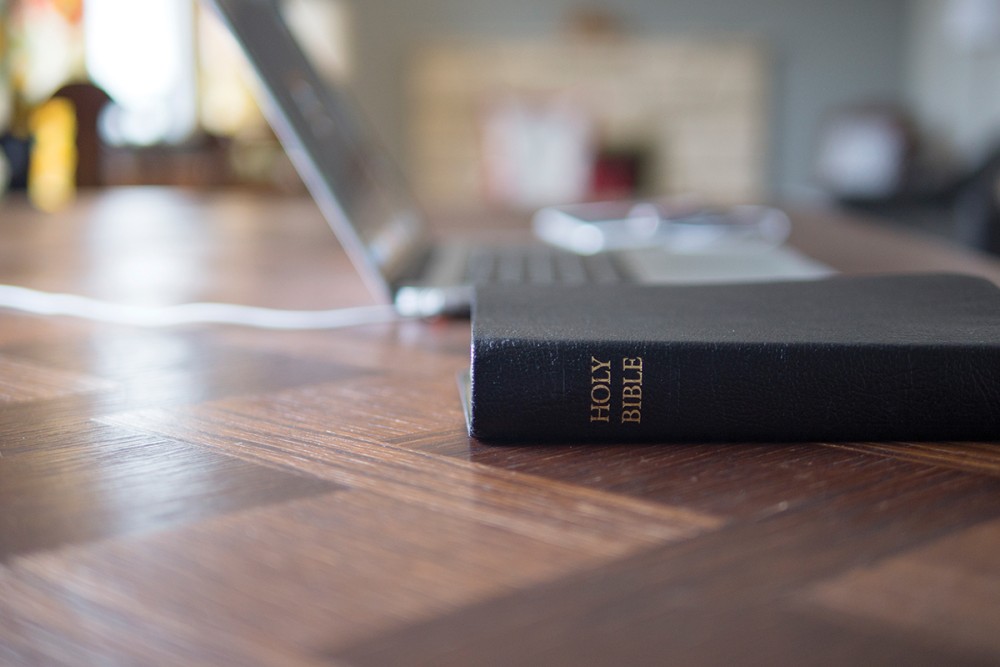The undergrads in my Bible class taught me a few lessons
Teaching online made me realize my goal is to teach them to think, not to teach them to think like me.

I’ve taught religious studies at Indiana University for many years. My classes are about human activities—literature and ethics and rituals—and not about the truth or falsity of beliefs.
But I know many of my students are not in my classes simply to satisfy their intellectual curiosity. Research shows that undergraduates, even at a state university, take religion courses to forward their own spiritual journeys.
My class called Bible and Culture attracts students who read the Bible regularly and consider it a guide for their lives. They want my class to open the Bible up to them, but I have intentionally taught it in a form of belief suspension, striving for objectivity, looking through a glass darkly. For the most part, my students have played along.




